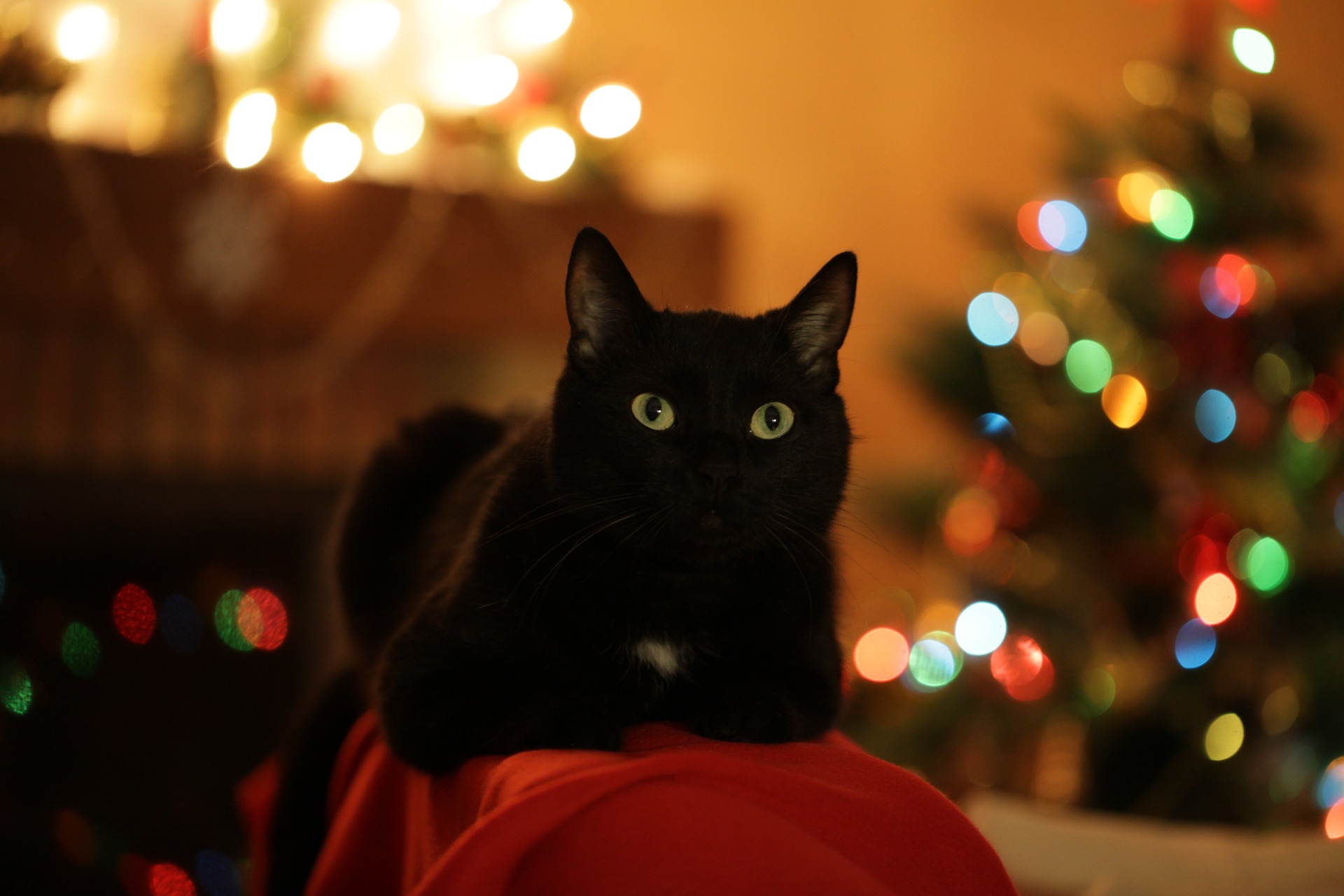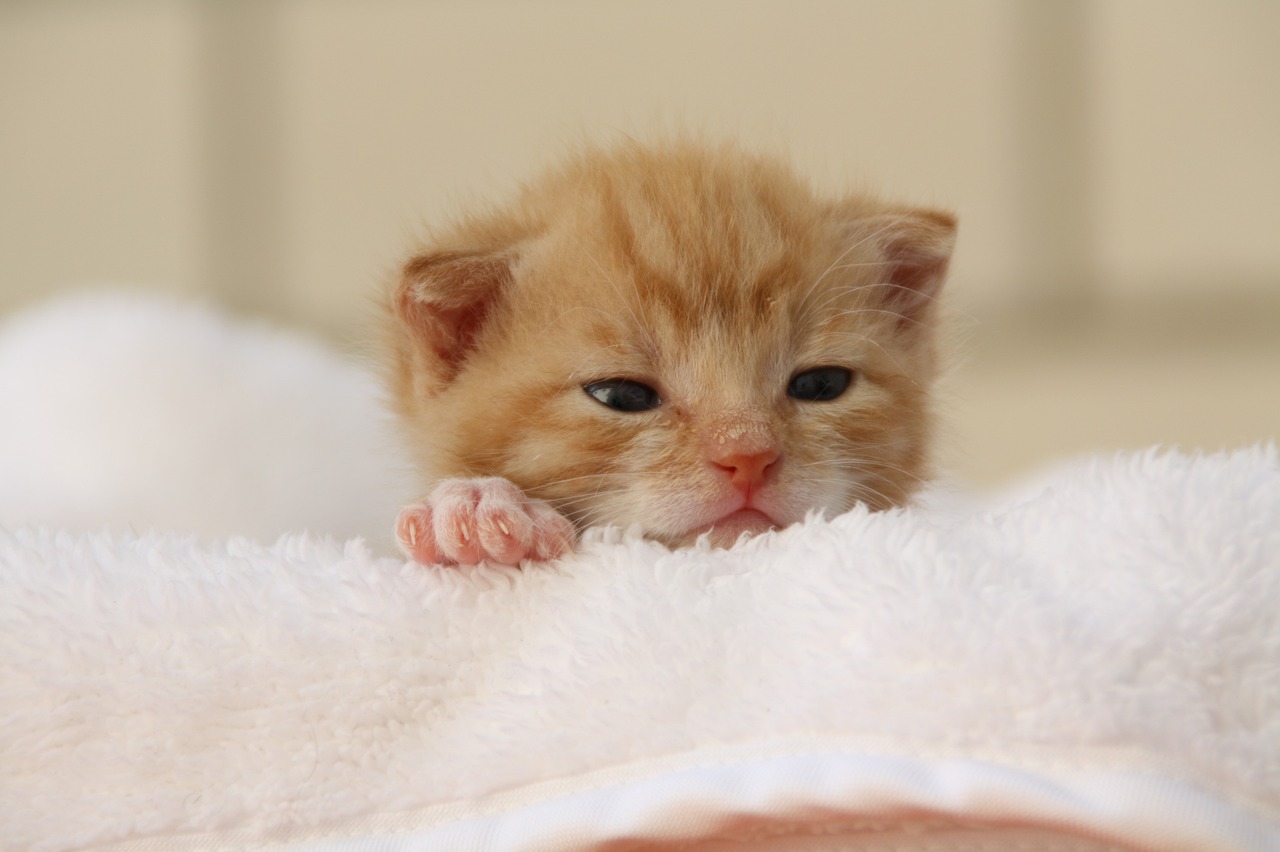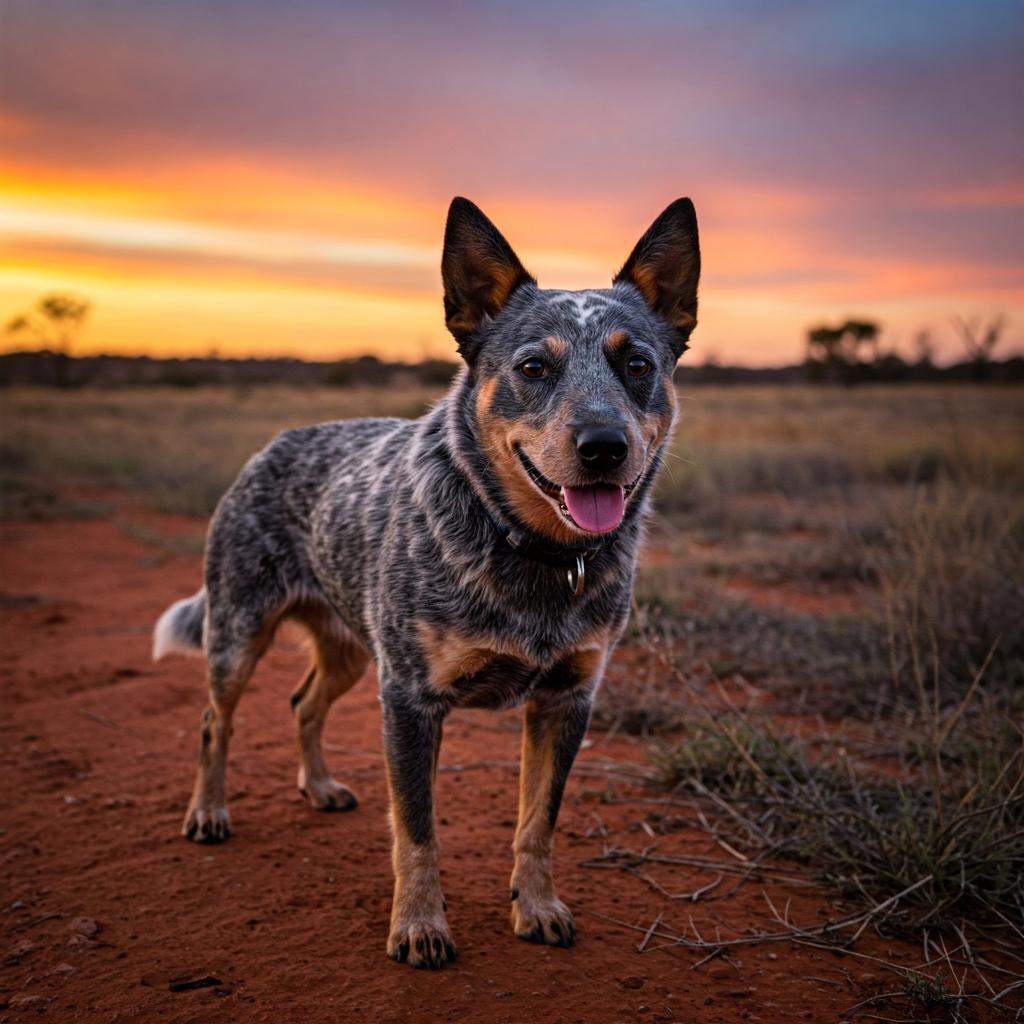
Australian Cattle Dog: Characteristics & Health
The Australian cattle dog breed originates from Australia and is unfortunately only known in Australia and Northern Europe where there are a few breeders, but is unknown in the rest of the world.
It was created by man in the mid-1800s, when a breed of dog was sought that would help on farms, especially with cattle herds. Its creator Mr. Mc Hall crossed short-haired blue-merle collies with dingoes, naming the breed heelers, which means heel because they were able to handle cattle by biting them in that part.
The official standard however dates back to 1903 and some experts claim that the bull terrier is also among its ancestors.
On Australian farms, this breed is very widespread and popular, both as a working dog, guard dog and also as a companion dog.
Character of the Australian cattle dog breed
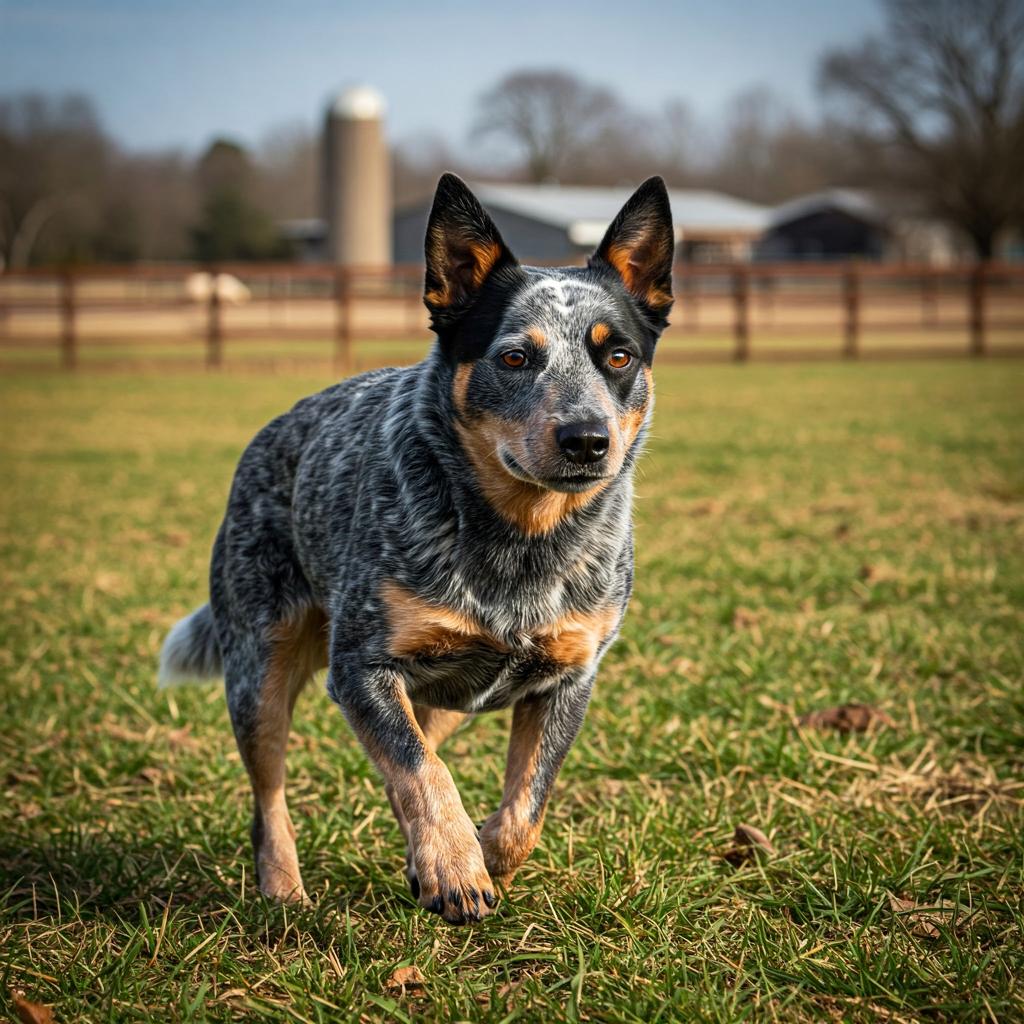
Its task is to defend and manage livestock both on very large land and also in very confined spaces, a task it performs impeccably. He is very reliable in this and can also solve problems independently. Even after a long day in the pasture, this dog hardly ever appears tired.
Today, in addition to its role as guardian on farms and livestock, it is also kept as a companion dog, but it must have its own space and the rather long daily exercise must never be lacking.
As far as its upbringing is concerned, it is not a dog suitable for those who have no experience with dogs, especially working dogs; in fact, it only accepts the will of the dominant pack leader and therefore an early, consistent and consolidated day-to-day upbringing is essential.
Also under the aspect of socialisation, this must be started from puppyhood; the Australian cattle dog also cohabits well with other animals but it must be socialised early on.
With strangers it is rather reserved but never intimidated. It is not a dog suited to being alone a lot, especially indoors, in fact if left alone it would be better to have it in a garden where it can be outside, as it does not fear heat or cold very much.
Appearance of the Australian cattle dog breed
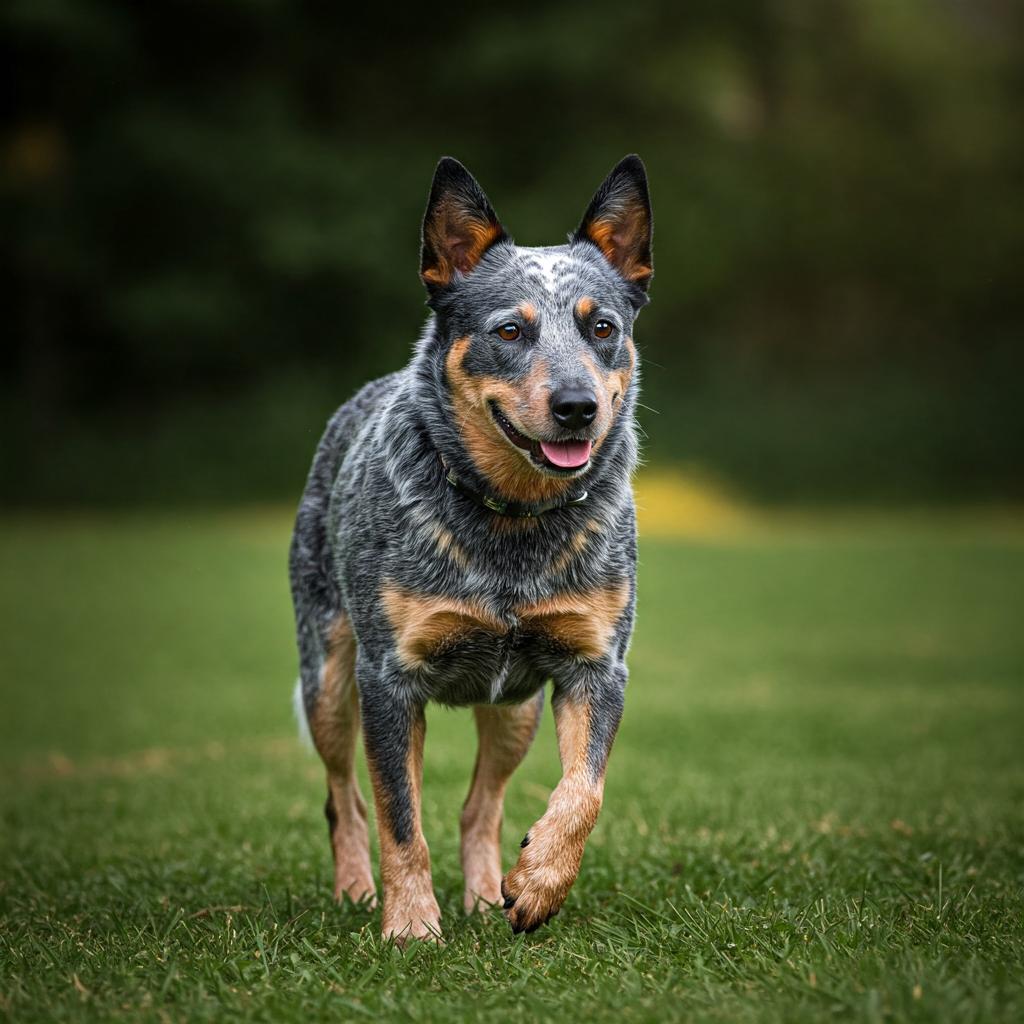
This dog has a massive neck, a deep chest and a muscular rear train, the tail is long.
The head is strong and broad with a medium-length, tapered muzzle. The truffle is black, the almond-shaped eyes are brown and the medium-sized ears are always erect and muscular, giving an impression of liveliness and intelligence.
The coat of the Australian cattle dog is smooth and hard on the outside, with a short, dense undercoat. It does not have the usual length all over the body, in fact on the head and on the front of the limbs and feet the hair is short, on the neck it is longer and thicker, as also on the tail. On average, its length may vary from 2 to 5 centimetres. Its coat is waterproof.
The colour may be blue, mottled or spotted with or without black, blue or brown patches. or dappled red with or without darker red markings. The patches are mostly above the head.
Care and health of the Australian cattle dog
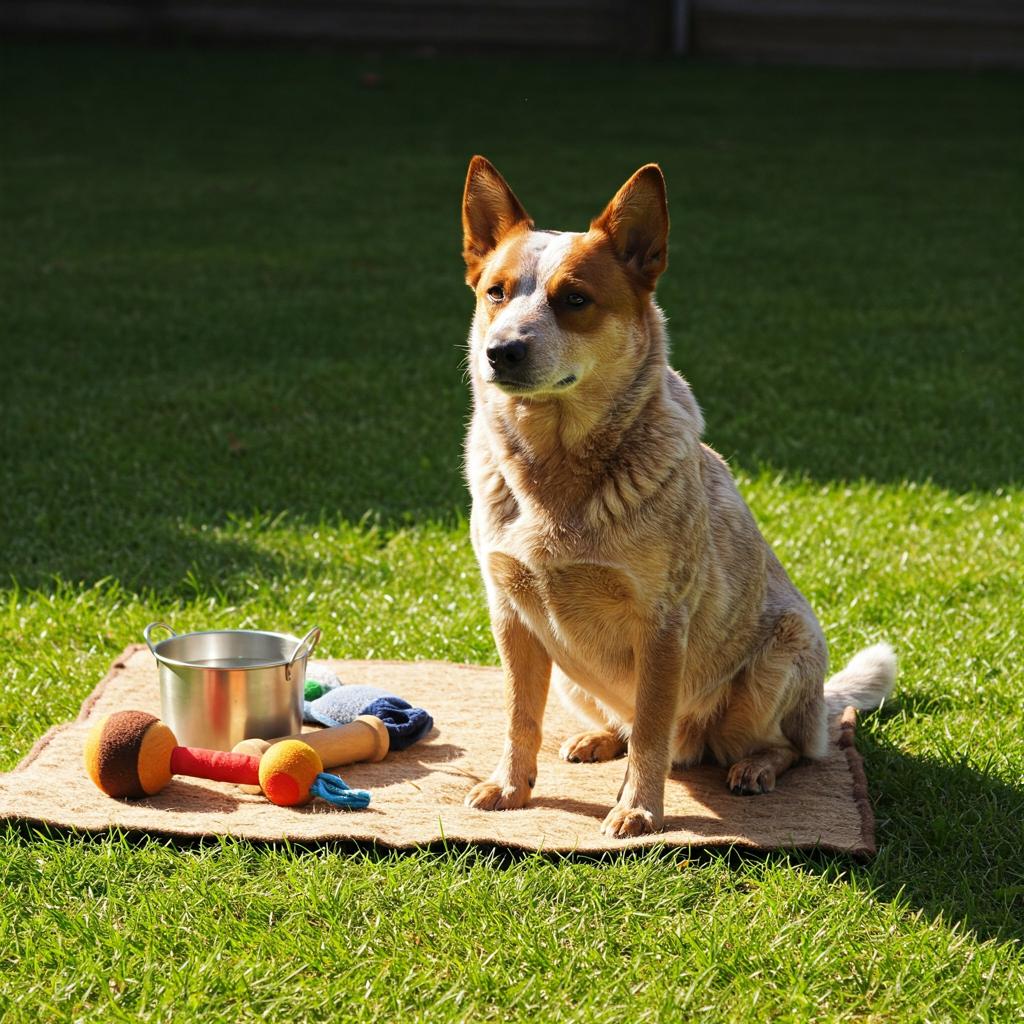
One of the major health problems of the Australian cattle dog is the propensity to congenital deafness. In fact, 2.4% of dogs of this breed are born deaf in both ears, while 14.5% are deaf in at least one ear. They can also suffer from progressive retinal atrophy, which can make dogs blind between the ages of 4 and 8 years, as well as hip dysplasia.
To care for the coat, brushing once a week is sufficient and bathing can be done as needed, but not frequently.
The diet should favour meat, but be careful about the quantities: he does not eat much, despite being on the move all the time. Excessive quantities risk causing him serious health problems.

